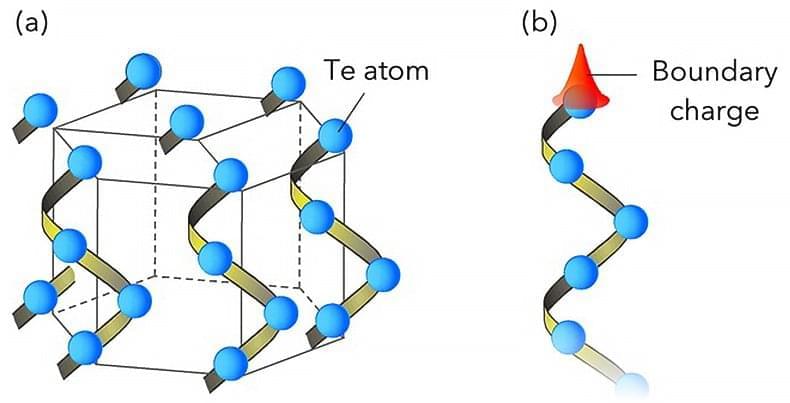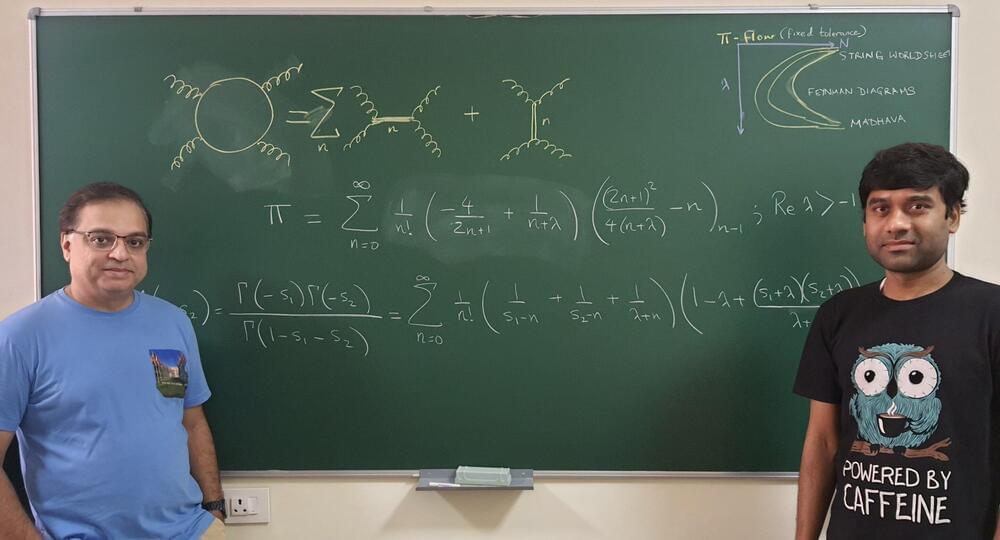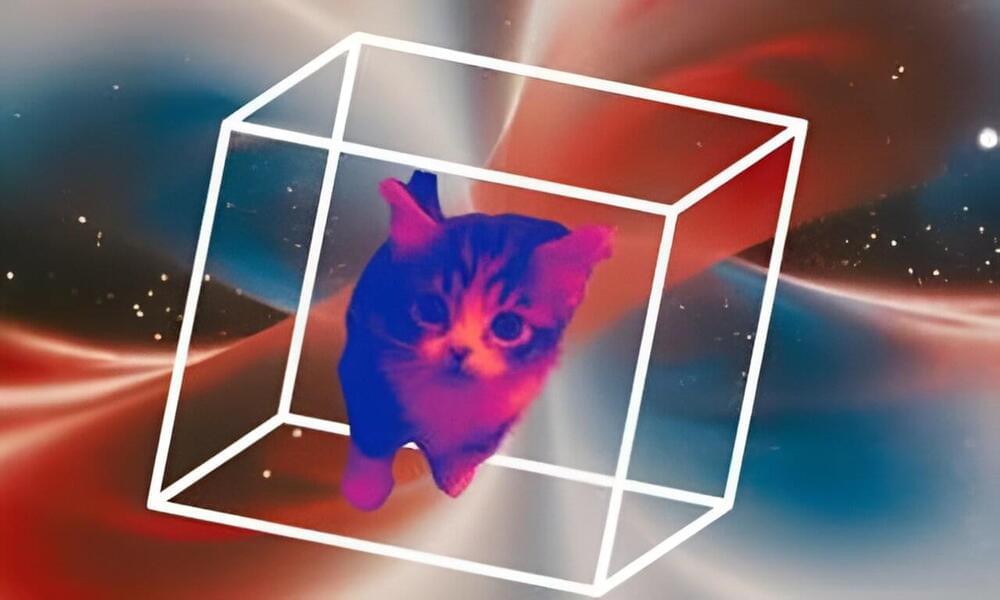Learn more about quantum computing on Brilliant! First 30 days are free and 20% off the annual premium subscription when you use our link ➜ https://brilliant.org/sabine.
Quantum computing, so the fairy tale goes, is the next big thing in technology. News has popped up time and time again noting major advancements in the field, but the latest statement from company D-Wave had people scratching their heads. Are quantum computers really the next big thing? Who’s at the forefront of the field now? Let’s have a look.
Paper: https://arxiv.org/abs/2406.01743v1
🤓 Check out my new quiz app ➜ http://quizwithit.com/
💌 Support me on Donorbox ➜ https://donorbox.org/swtg.
📝 Transcripts and written news on Substack ➜ https://sciencewtg.substack.com/
👉 Transcript with links to references on Patreon ➜ / sabine.
📩 Free weekly science newsletter ➜ https://sabinehossenfelder.com/newsle…
👂 Audio only podcast ➜ https://open.spotify.com/show/0MkNfXl…
🔗 Join this channel to get access to perks ➜
/ @sabinehossenfelder.
🖼️ On instagram ➜ / sciencewtg.
#science #sciencenews #quantumcomputing #technology #technews #tech









